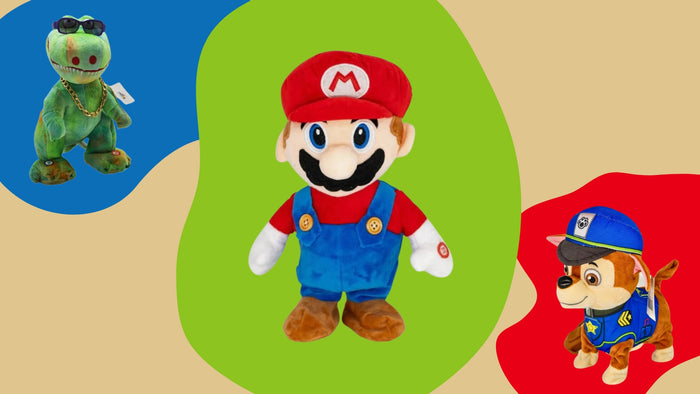Understanding the complex universe of Beyblades might seem like a Herculean task for parents. When your kids mention names like 'Fafnir' and 'Spriggan', it's easy to mistake these for characters out of a mythical saga. Interestingly, these names are inspired by mythological beings!
A Brief History of Beyblades
Beyblades, the spinning top toys that took the market by storm, originated in Japan in July 1999. The series has evolved over the years, introducing Beyblade Burst in 2015, followed by successive releases including Beyblade Burst Evolution, Turbo, and the latest, Burst Rise. These toys are notable for their customizable features, allowing parts to be interchanged freely, and are produced by various brands today. The concept draws inspiration from the traditional spinning top and is reminiscent of the Battling Tops board game by Ideal Toy Company in 1968.
How to Play Beyblade: Simple Steps for Parents
The game, designed for two or more players, permits each participant to select up to three Beyblades for a match. In a Battle Royale, three or more players compete, with victory awarded to the last top spinning. Scoring is as follows:
- Earn one point when your opponent's Beyblade stops spinning (Survivor/Spin Finish).
- Earn one point if you knock your opponent's Beyblade out of the arena (Ring Out/Over Finish).
- From the Beyblade Burst series onwards, two points are awarded for making the opponent's Beyblade burst during the match (Burst Finish).
- Draws, where both Beyblades exit the ring or stop spinning simultaneously, result in no points for either player.
Understanding Beyblade Types
Knowing the types of Beyblades can make your next purchase a hit with your kids:
Attack/Striker
Quick and aggressive, these Beyblades aim to eject opponents quickly but sacrifice stamina.
Defense/Defender
Built to repel attacks, these heavier Beyblades are slow but effective against Attack types, though they may lack stamina.
Stamina/Endurance
Designed for longevity, they out-spin opponents but trade off power for endurance, making them superior to Defense types.
Balance/Combination:
These Beyblades blend attributes of the other types, presenting a versatile but not particularly powerful option, often outmatched by Stamina types.
By familiarising yourself with the basics of Beyblades, including their rich history, gameplay mechanics, and the diverse types available, you'll be better equipped to share in your child's enthusiasm for these engaging toys. Plus, you'll be prepared to make informed decisions when they're eager for a new addition to their collection.
Ready to dive into the captivating world of Beyblades with your child? Explore our extensive Beyblade collection today and discover the perfect spinning top that promises endless fun and thrilling battles.
Click here to browse our collection and bring home a new spinning adventure for your family. Don't miss out on the action – start your Beyblade journey now!


